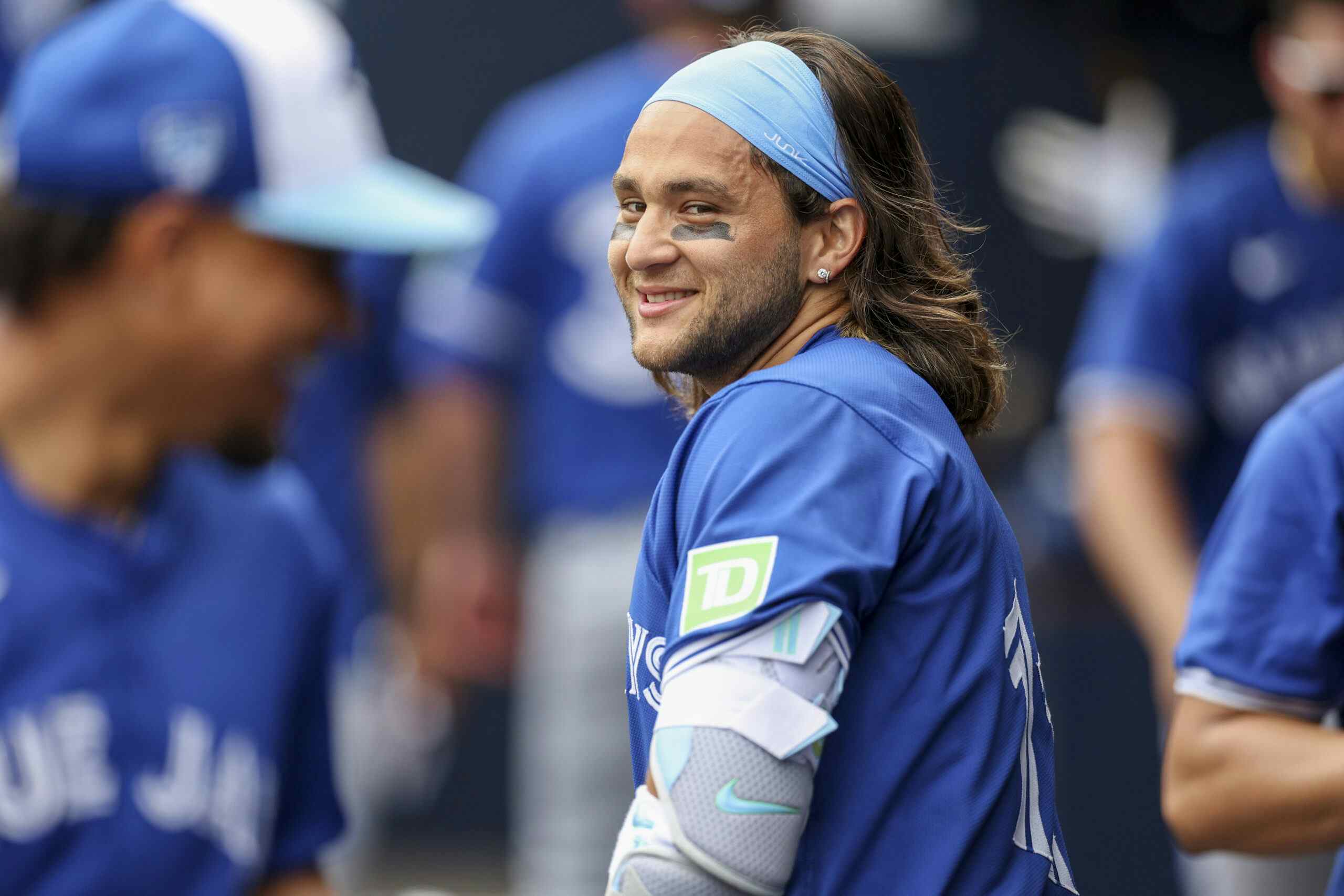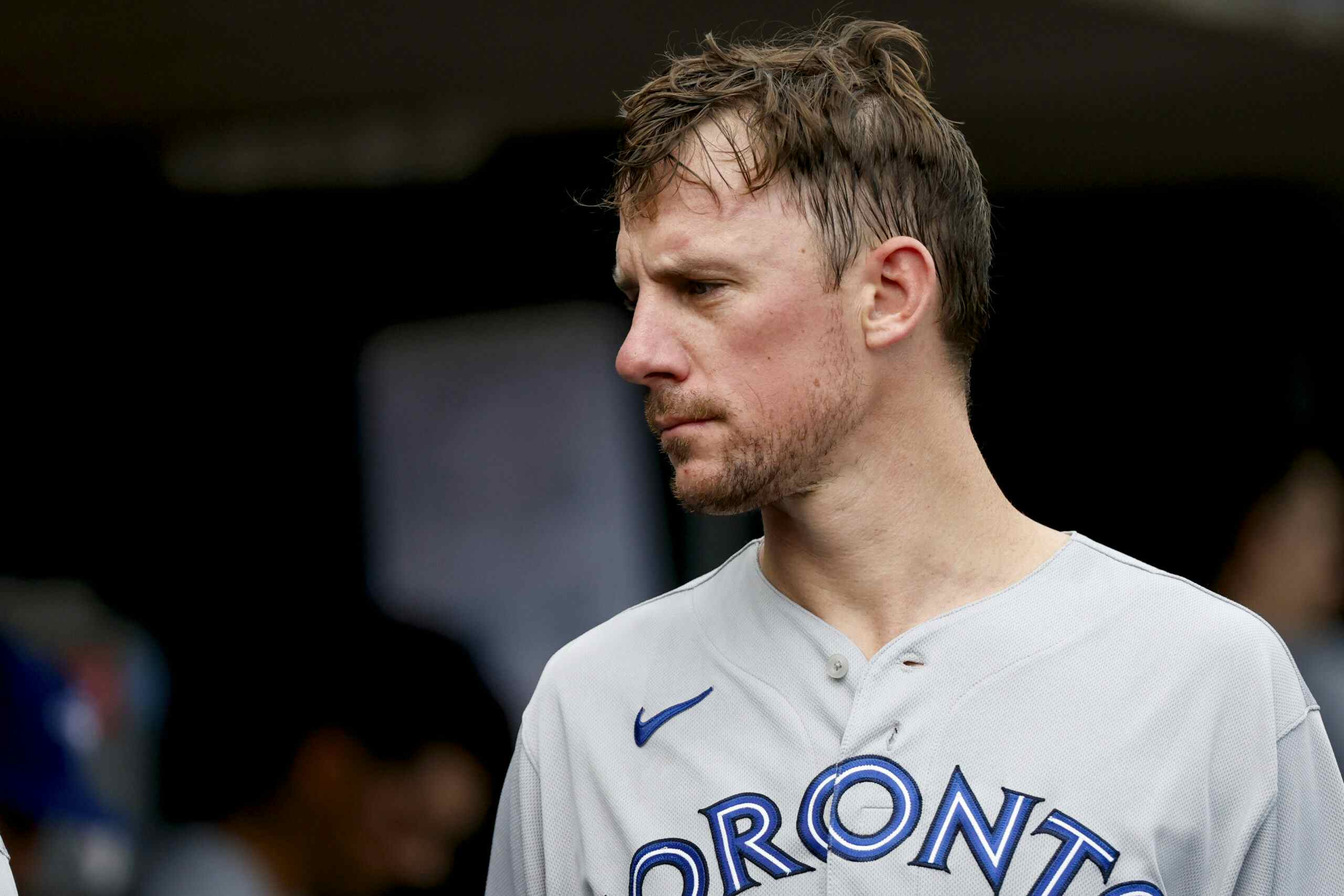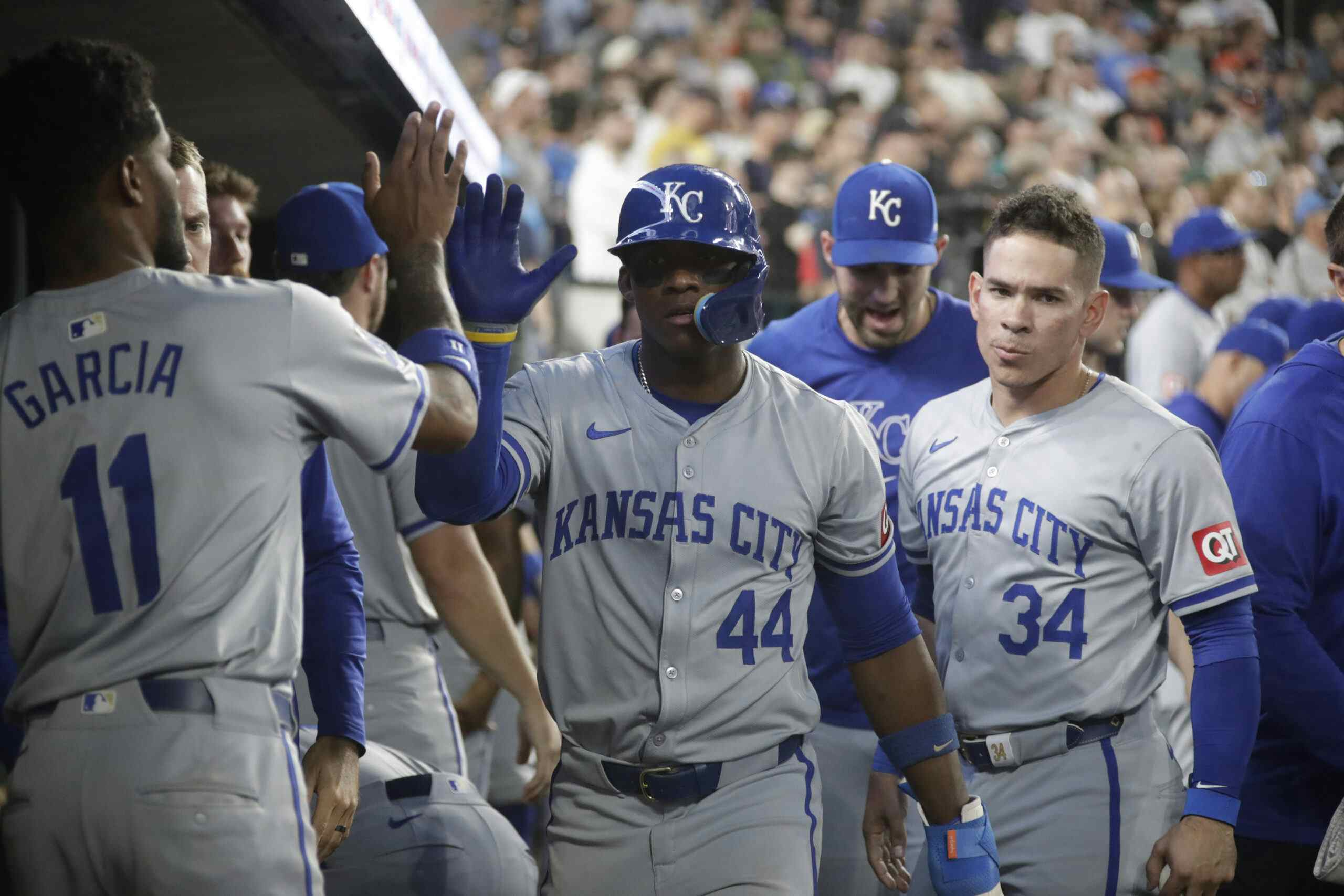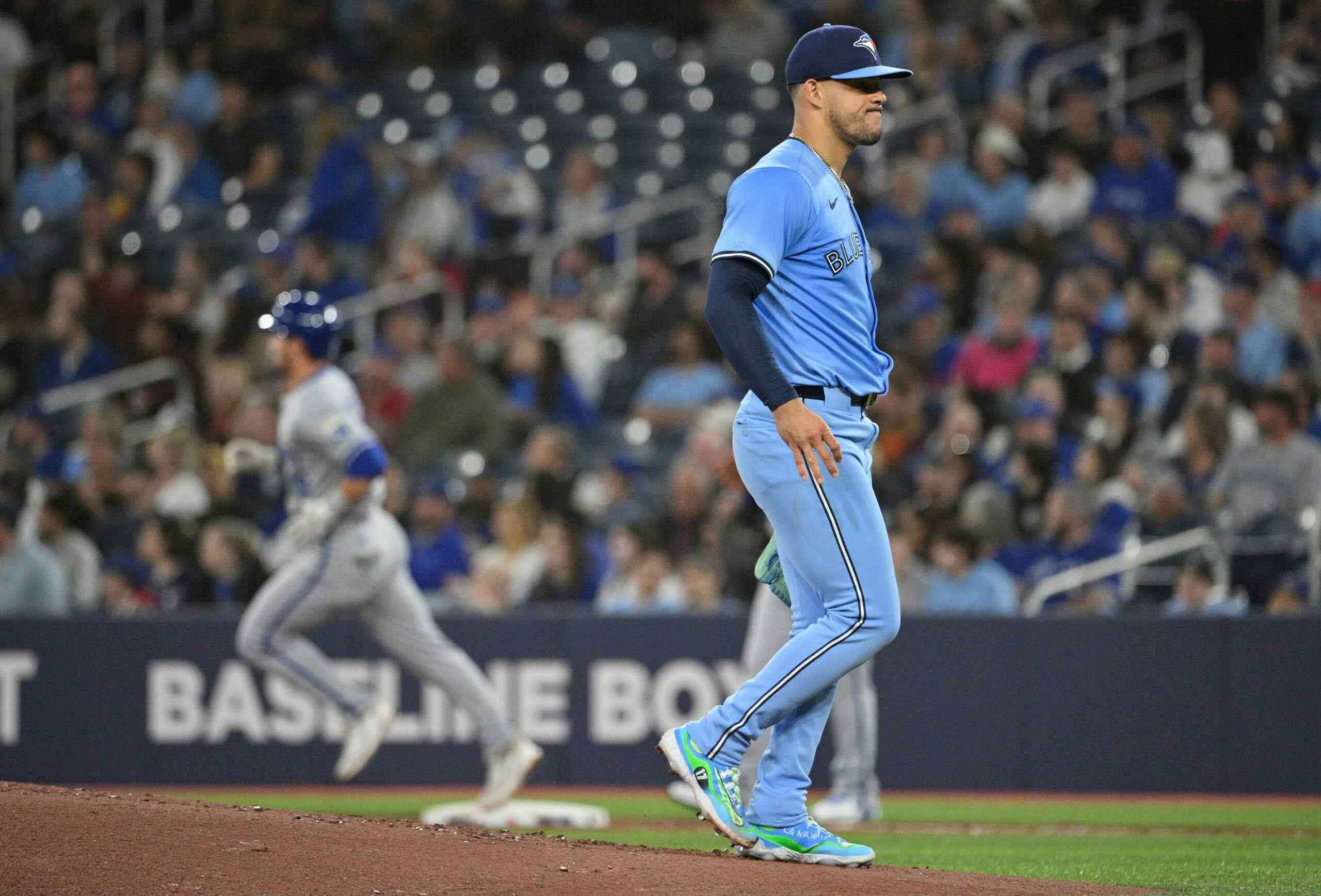Daily Duce: Thoughts on MLB’s newest proposal, painting the players as the bad guys, the five-round draft, and more!
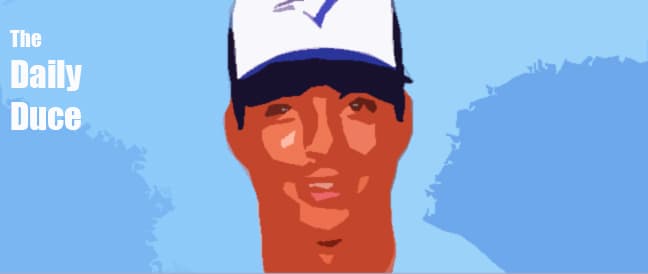
By Cam Lewis
3 years agoDaily?!?!? Weekly?!?!?!?!?!?! MONTHLY!!!!!!?
Major League Baseball’s return is still at the mercy of the COVID-19 pandemic, but, now, there’s another obstacle in the way — a game of chicken between the billionaires and the millionaires.
Earlier this week, the 30 MLB owners agreed upon a plan that would see the season begin sometime in July, with an 82-game season, teams playing exclusively geographical rivals, a universal designated hitter, an expanded post-season, and no fans in the stadium. Also, and most importantly, they proposed a revenue-sharing strategy to navigate around the fact nobody will be at games.
Unsurprisingly, the players weren’t thrilled about that. Back in March, the owners and the players agreed upon a labour deal that would see players paid pro-rated salaries in the event of a shortened season. Now, the owners are looking to balk on that deal, and instead give the players a certain percentage of the amount of cash the league generates from its season.
This is how the system works in the NHL, a much, much more owner-friendly operation than Major League Baseball. Players and owners have agreed to a 50/50 split in hockey-related revenue, so the players pay into an escrow account during the season when they get their paychecks, and they end up having to pay the owners a portion of that money in order to reach that aforementioned 50/50 equilibrium.
More often than not, the players end up with the short end of the stick here. In recent years, NHL players have been giving back nearly 15 percent of their salaries, meanwhile, the owners shared a $500 million expansion fee from the Vegas Golden Knights and didn’t consider it hockey-related revenue.
Anyways, operating with a revenue split is an incredibly raw deal for the players. It’s estimated that 40 percent of MLB’s revenue comes from the gates, whether that’s people buying tickets or food or jerseys or whatever. So, this year, all of the revenue will come from things like television and streaming deals.
Now, imagine that there’s a second wave of COVID-19 in the fall and the MLB playoffs get cancelled and a bunch of that revenue goes out the window. The players will have then played through this season and will end up getting a fraction of what they originally agreed to when they signed their contracts in order to reach that revenue equilibrium with the owners.
So, in sum, the owners are trying to protect themselves from the event that the season doesn’t draw as much revenue as they planned, which is by cutting the biggest cost around, player salaries. And, by principle, since the players worked out a deal back in March for prorated salaries, they’re not interested in switching things up.
The goal by the owners, it seems, is to put the ball in the players’ court. They’re putting a deal out here saying we can share the cash, that’s fair, right! in the hopes that it pressures the players into not being painted as the millionaires who stopped baseball from returning because of their greed.
And, when you have Blake Snell going on Twitch and saying “I’m not splitting no revenue, I want mine,” they’re playing right into that narrative.
While Snell doesn’t put his point in the most charming way, he isn’t wrong. Trevor Bauer put the animosity of the players towards MLB’s proposal in a more in-depth way…
“The ask is basically take more risk by getting back sooner and take less pay than we’ve already agreed. We’ve already agreed to take … 50 percent pay cut and now they’re asking us to take another pay cut. [A 50-50 revenue split] has never been done in baseball. It’s not collectively bargained. It would just be for this season. It doesn’t sit well with me. Slightly lighthearted, but if I’m gonna have to trust my salary to Rob Manfred marketing the game to make more money for the game, I am out on that.”
I mean, if you think back to that NHL example in which the owners didn’t classify the Golden Knights’ expansion fee as hockey-related revenue, you can see why the players would be skeptical of entering into such an agreement.
I’m not going to sit here and cry for players losing out on hundreds of thousands when they’re already making millions, but I’m also not going lick the boots of the owners either. The former might be rubbing people the wrong way, but it’s the latter who are truly greedy in this situation. You made the deal, pay your workers.
Elsewhere, it was announced last week that MLB’s draft this summer would be slashed all the way down to five rounds. Originally, it was assumed that the draft would go down to 10 rounds, but, instead, they’ve cut that number in half and will allow non-drafted players to sign for deals worth no more than $20,000.
This is obviously a massive cost-cutting endeavour for MLB teams as they now don’t have to bother handing out signing bonuses to 35 rounds worth of players that they didn’t even really have much of a chance to scout this year. While many players will surely opt to go back to college rather than inking a deal with a cheap signing bonus, there will be players left behind who have their pick at which system they want to join, which obviously isn’t the case with a normal 40-round draft.
This would become advantageous for teams with strong player development systems. Though the $20,000 cap on non-drafted signing bonuses is meant to deter teams like the Yankees and Dodgers from signing whoever they want to a massive bonus after the draft, organizations with a strong track record of player development could woo players into taking that smaller bonus simply because it means they could get into a good system.
Would the Blue Jays be one of those organizations that players want to join? I mean, if you go back a few years, Bo Bichette said that Toronto was one of the only organizations he would join out of high school because they wouldn’t fuck with his swing. Now, he goes first overall in a 2016 re-draft.
Recent articles from Cam Lewis

